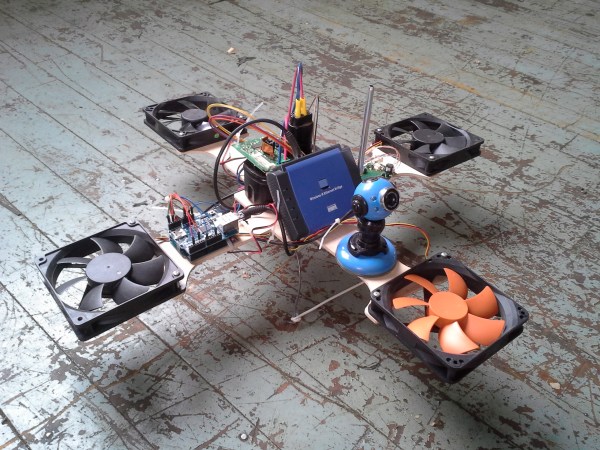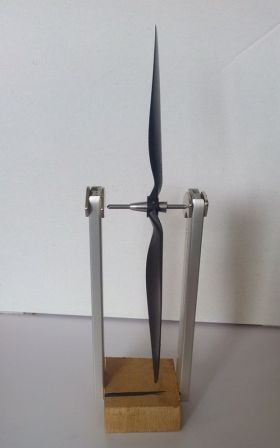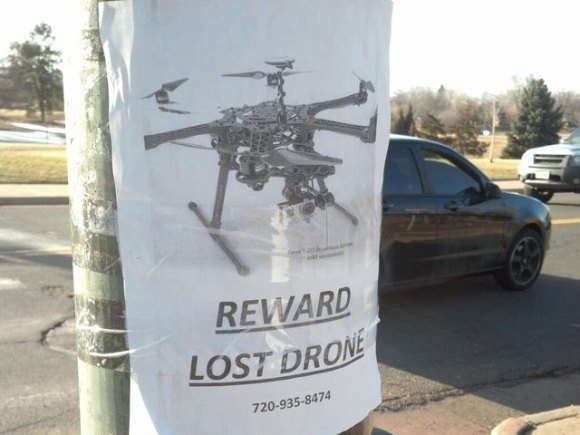The advancement of Quadcopters and their capabilities over the last few years has been amazing. Unfortunately, the price point to get into the sport with a decent size, non-toy, vehicle is still several hundred dollars. And what’s the fun with buying one when you can built it?!? Strapped for cash and feeling the same way, [Hans] over at the hackerspace Knackatory decided to build a quadcopter from e-waste.
The + shaped frame is made from lightweight plywood. It’s pretty obvious that the main rotors are PC Fans, 140mm in this case. Normally, these wouldn’t be able to create enough lift to get out of their own way except the on-board 24v Dewalt cordless tool battery bumps up the fan speed to 15,000 rpm. The one orange fan allows the operator to maintain a visual reference to which side of the ‘copter is forward.
Continue reading “E-Waste Quadcopter Lifts Your Spirits While Keeping Costs Down”

















